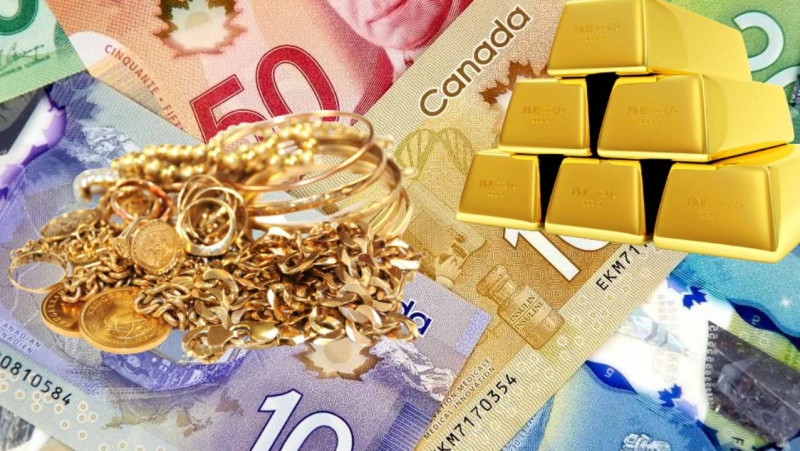A simple definition: Precious metals are uncommon metal chemical elements that have high financial prices. These metals have excessive economic value due to their shortage, business uses, and use as a store of value (foreign money).
By far, the most famous and valuable metals are:
- Gold
- Silver
- Platinum, and
- Palladium.
What is considered a precious metal?
Generally, a metallic substance taken into consideration is usually uncommon. Mining businesses acquire precious metals from the earth’s crust before they become bullion or currency. That’s unlike paper currency, which governments across the world can print.
The abundance of factors observed within the earth’s crust is measured in components consistent with 1 million (ppm). Gold (0.004 ppm) is the rarest precious metal, followed by platinum (0.005 ppm) and silver (0.0075 ppm).
By one estimate, aluminum, the most common steel discovered on the earth, makes up about 7% of the mass of the earth’s crust. This is one reason why aluminum isn’t considered a precious metal, whereas gold and silver are.
Interestingly, aluminum becomes another material more luxurious than gold. It became complicated to refine aluminum from ores for most of the 19th century, making aluminum rarer and more expensive than gold and silver.
DEMAND FOR THE PRECIOUS METALS
By the late nineteenth century, metallurgists had found a method to produce aluminum more efficiently. In flip, aluminum became much less expensive.
The case of aluminum drives home this point: the discovery of the latest upgrades in mining or refining methods can cause the value of valuable metals to decrease.
High call-for and marketplace fees additionally determine a metal’s well-worth. Precious metals like gold, silver, and platinum become referred to as bullion in bulk form and trade often in commodity markets. Gold and silver grow into bullion when they’re a minimum of 99.5% natural and inside the shape of bars or ingots.
Precious metals often took the form of currency during records due to their cost, and this practice keeps nowadays in the form of coinage metals. Internationally, gold, silver, platinum, and palladium all maintain currency codes with ISO 4217.
PRECIOUS METAL CHEMICAL CHARACTERISTICS
Precious metals also exhibit many physical and chemical traits.
The metals we recognize as “precious” are all extraordinarily proof against corrosion and have excessive melting factors and hardness. The majority of today’s valuable metals also seem very close to each other on the Periodic Table of Elements.
There are some caveats, though. Palladium and platinum, for example, are smooth and ductile. But six treasured metals (palladium, platinum, rhodium, osmium, iridium, and ruthenium) have so many comparable chemical characteristics that they belong to a set known as the Platinum Group Metals (PGMs).






